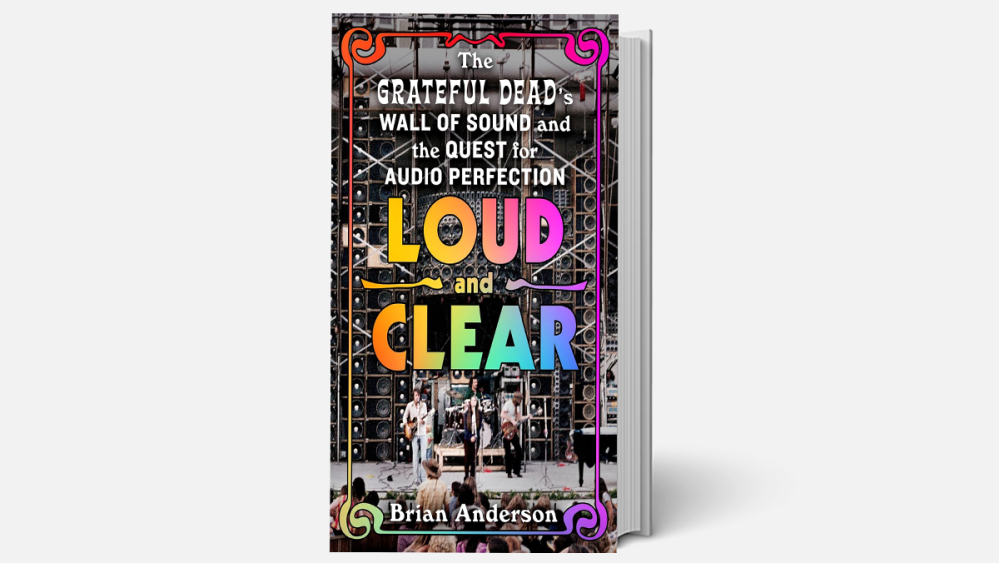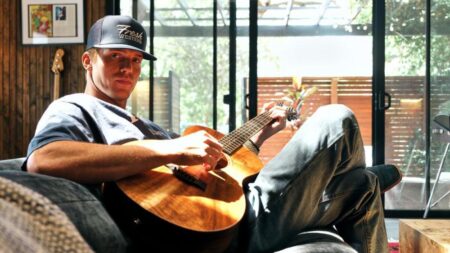If you purchase an independently reviewed product or service through a link on our website, Variety may receive an affiliate commission.
Brian Anderson’s “Loud and Clear: The Grateful Dead’s Wall of Sound and the Quest for Audio Perfection,” which hit shelves last week, offers the first definitive chronicle of one of rock’s most ambitious feats of live sound engineering.
The 368-page book dives deep into the conception, construction, and collapse of the Dead’s legendary Wall of Sound — a 100-foot-wide, three-story-tall speaker system that redefined the concert experience and continues to influence live audio design decades later.
Loud and Clear: The Grateful Dead’s Wall of Sound and the Quest for Audio Perfection
Anderson, a longtime music journalist and editor, draws on hundreds of interviews with band members, engineers, roadies, and crew to tell the story of how a group of idealistic audiophiles attempted, and briefly achieved, sonic perfection on a stadium scale. The Wall of Sound, first unveiled in 1974, was the brainchild of LSD chemist and audio visionary Owsley “Bear” Stanley, who worked alongside Dan Healy, Mark Raizene and engineers from Alembic, including Ron Wickersham and Rick Turner, to create a modular PA system unlike anything the music industry had seen before. Featuring more than 600 speakers and pushing over 26,000 watts of power, the system delivered crystal-clear, distortion-free sound up to a quarter-mile away and essentially served as its own monitoring system, with the speakers placed directly behind the band.
The system was also notable for its technical innovations, including a feedback-prevention microphone setup that used matched condenser mics wired in reverse polarity, a technique that allowed the vocals to be heard cleanly without the squeal of onstage feedback. Each instrument had its own channel, and even individual strings on Phil Lesh’s bass were isolated to reduce sonic mud. But while the Wall of Sound was hailed by fans and critics for its unprecedented clarity, it quickly became a logistical nightmare. The massive structure required four semi-trailers, 21 crew member and a leapfrogging system of duplicate scaffolds just to keep the tour moving. Fuel costs and physical exhaustion—combined with the general chaos that defined the Grateful Dead’s mid-’70s era—ultimately forced the band to abandon the system after less than a year, retiring it following their October 1974 shows at San Francisco’s Winterland.
In “Loud and Clear,” Anderson captures both the technical brilliance and the absurdity of the project, with tales of flipped trucks, accidental electrocutions, broken limbs and blown deadlines.
Buy “Loud and Clear” on Amazon here.
Read the full article here







